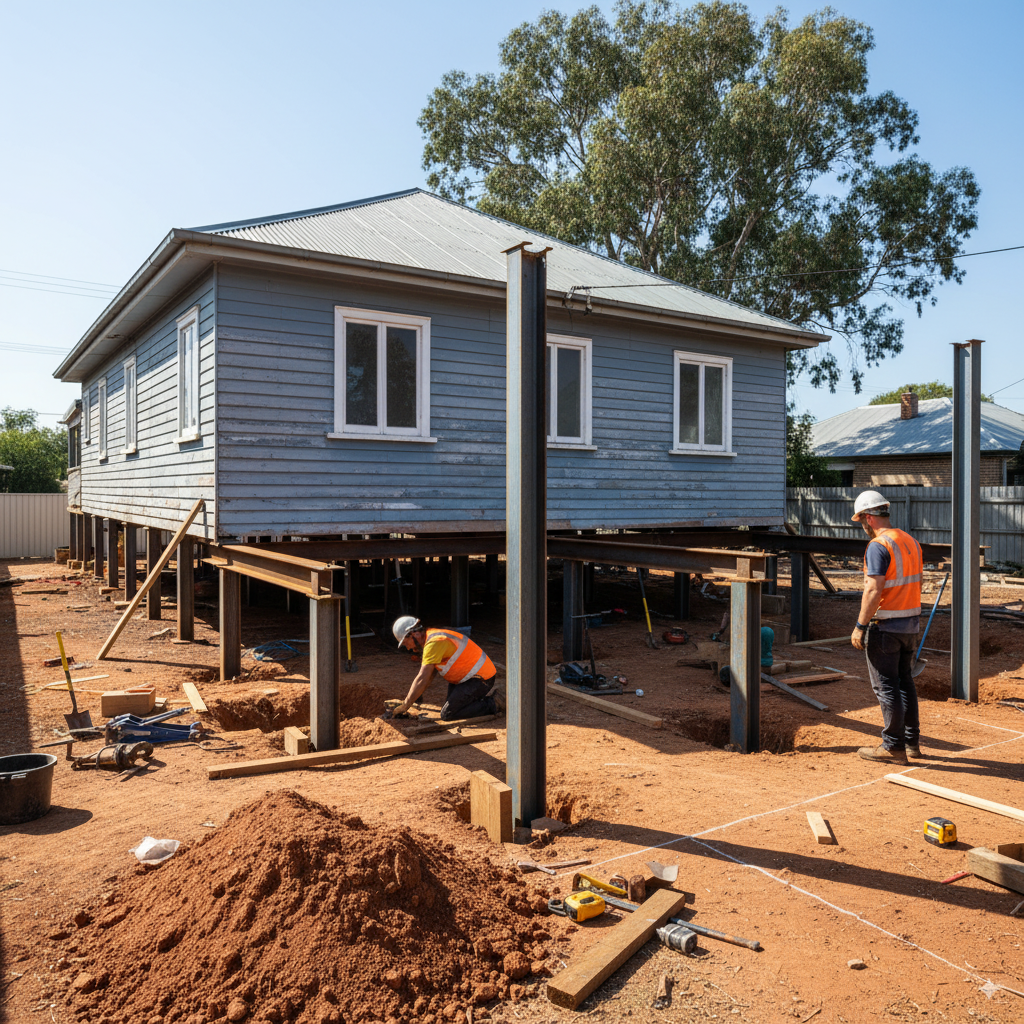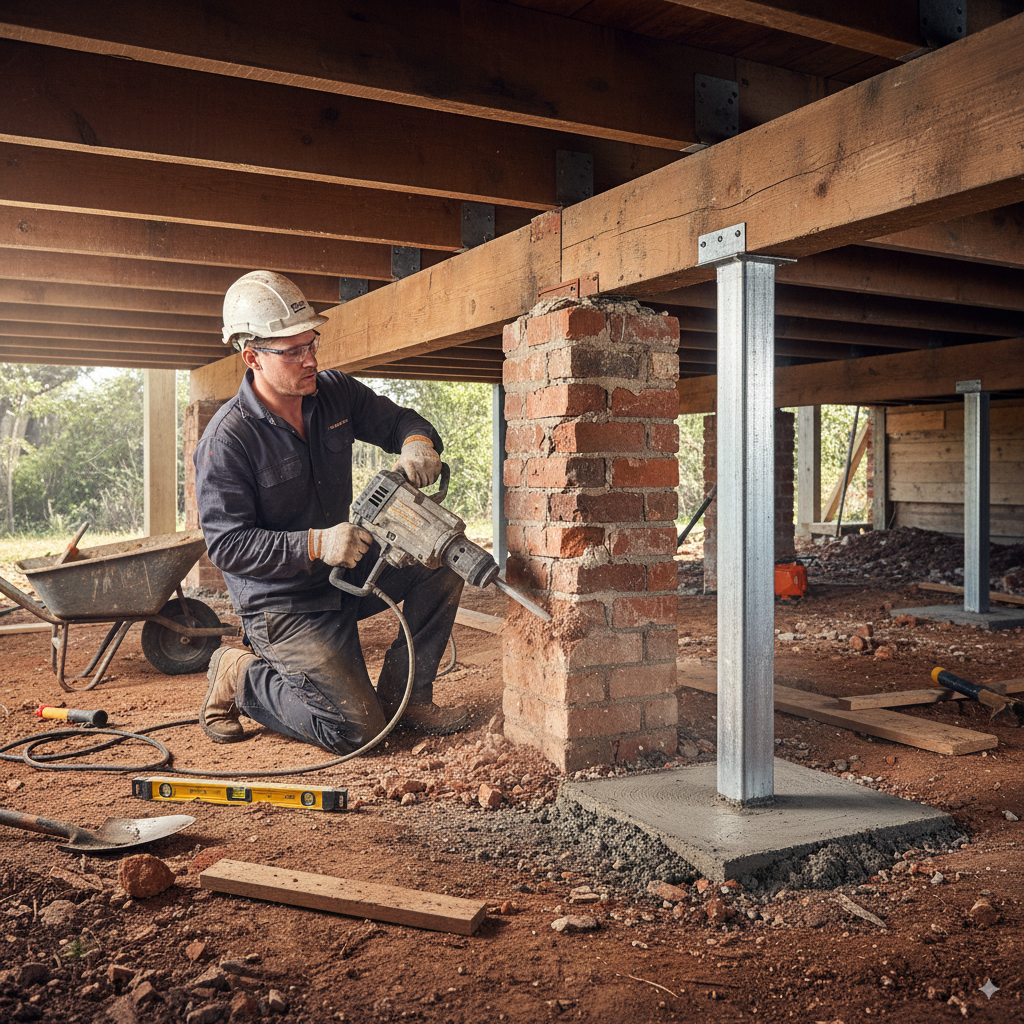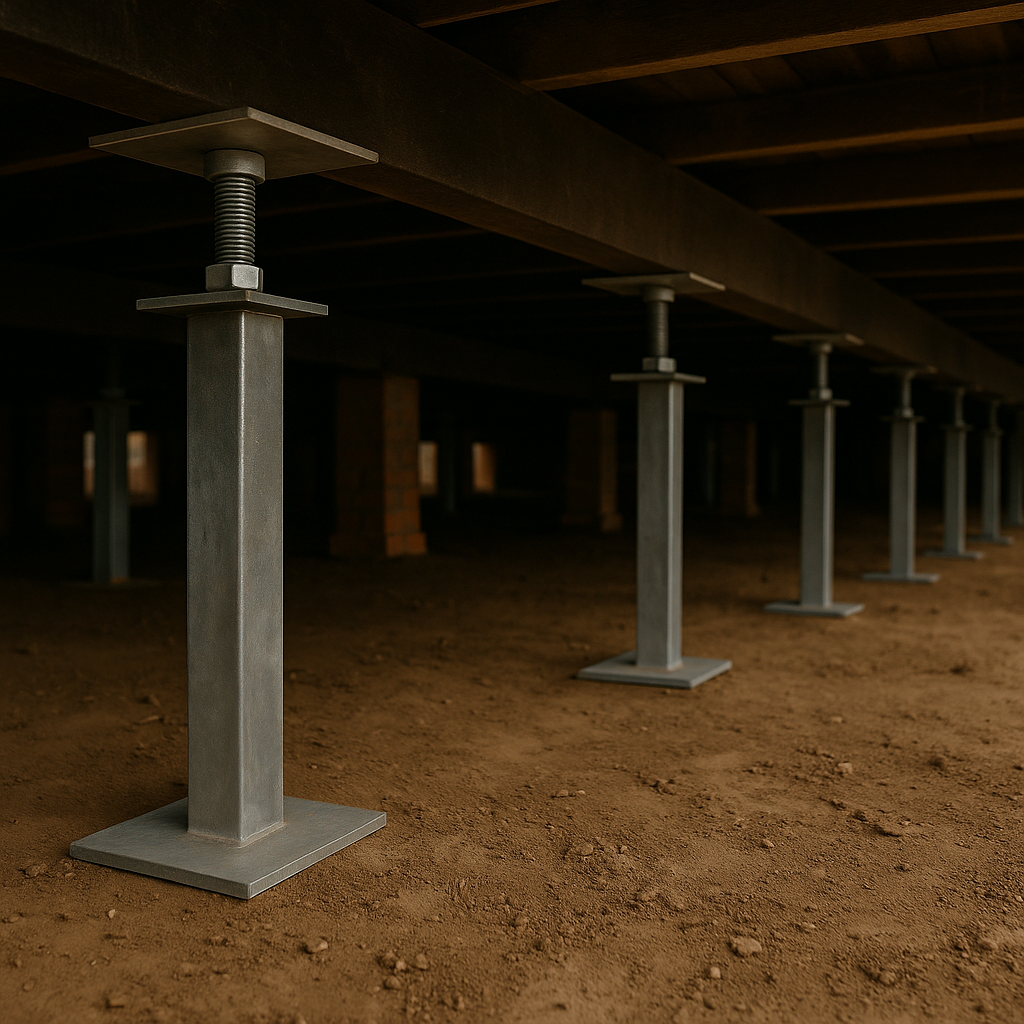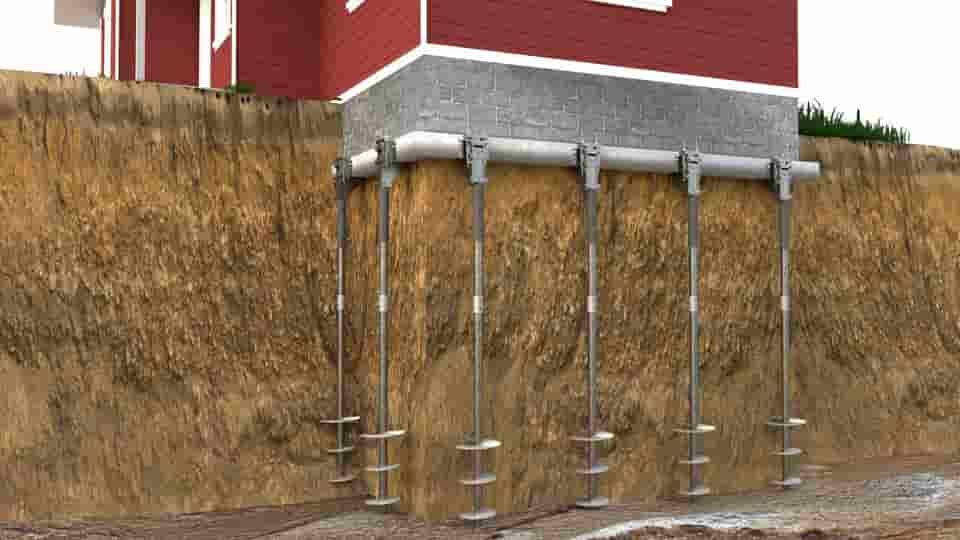Relevelling on Sloped Blocks: What You Should Know
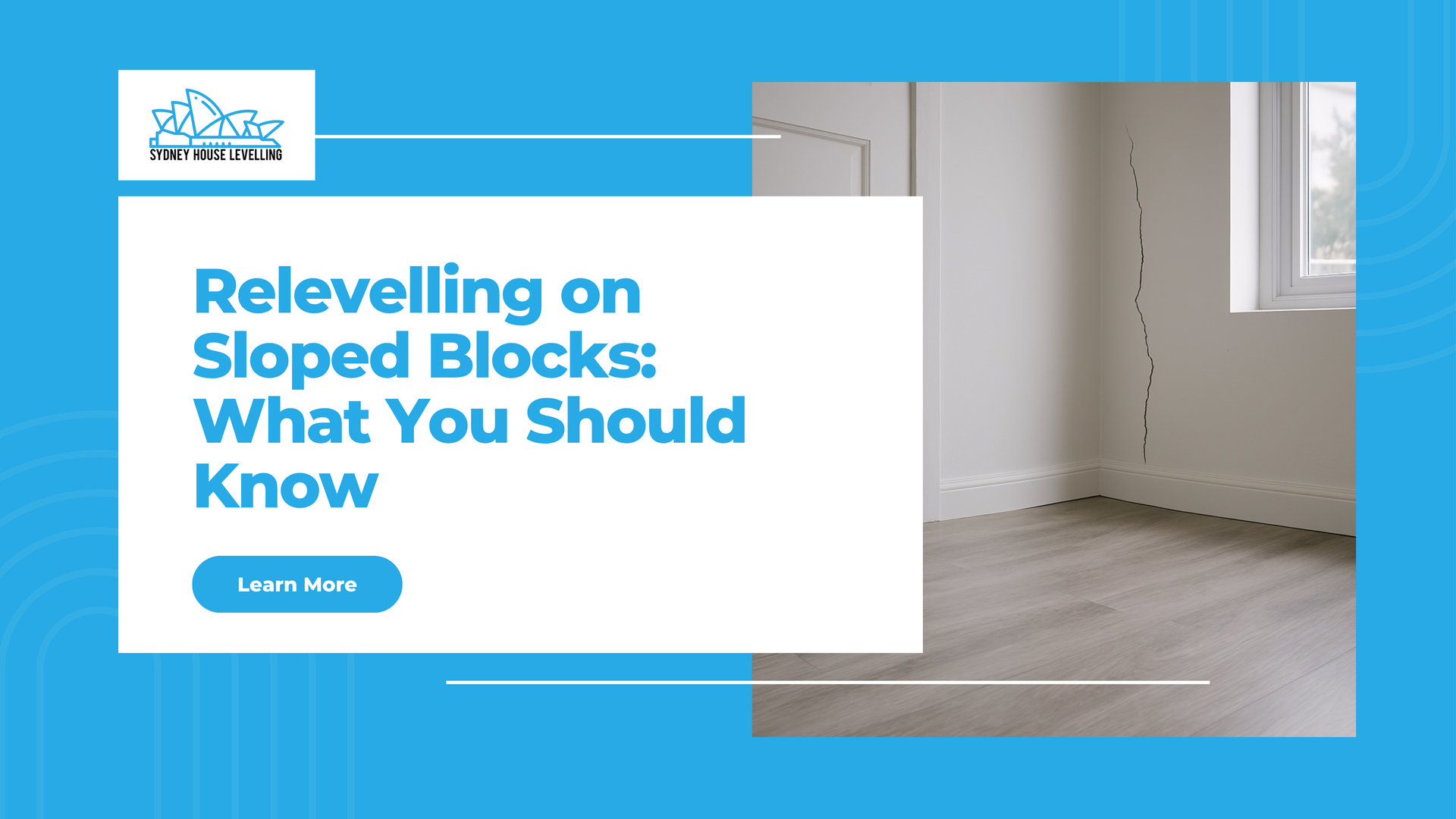
Relevelling on Sloped Blocks: What You Should Know
Sloped blocks are a staple across many Sydney suburbs — they often offer great views, better airflow, and unique architectural opportunities. But they also come with one big challenge: structural movement. If your home is built on a slope, there’s a higher chance you’ll need house relevelling at some point.
Whether you’ve noticed uneven floors or are planning a renovation, here’s what you need to know about how relevelling on sloped blocks works — and how to do it right the first time.
Why Sloped Sites Are Prone to Movement
Houses on sloping ground are often built on piers, split-level foundations, or extended footings — all designed to support the structure across varying elevations. But over time, these setups can start to shift due to:
- Soil erosion or washout from heavy rain
- Improper drainage causing pooling or runoff
- Settlement on one side of the structure
- Tree roots disturbing the soil or footings
Because weight isn’t distributed evenly, one part of the house may start to dip or sink before the rest — which leads to cracking, movement, and the need for structural levelling .
Signs You May Need Relevelling
Here’s what to watch out for in sloped-block homes:
- Visible slope or dip in floors, especially near corners or stair landings
- Cracks in walls or ceiling junctions, often diagonal or widening over time
- Doors or windows that stick or don’t align
- Movement in decking or outdoor structures
Even subtle shifts can signal the start of a bigger issue. The sooner you get an inspection, the more cost-effective the solution is likely to be.
How Relevelling Works on Sloped Blocks
At Sydney House Leveling, we approach every sloped site with a custom plan, depending on the structure type and soil conditions. Here’s what’s typically involved in house relevelling on uneven terrain:
1. Site Inspection and Level Survey
We assess how much movement has occurred, identify the cause (like drainage or footing failure), and take level measurements across all affected areas.
2. Structural Recommendations
Depending on your foundation type, we may recommend:
- Underpinning to stabilise and support sinking footings
- Installing new piers or replacing existing supports
- Floor levelling if internal surfaces have shifted but the structure is stable
3. Lifting and Realignment
Using jacks and specialised equipment, we gradually lift the affected part of the home to restore level. This process is controlled and safe, avoiding stress on walls or finishes.
4. Drainage and Preventative Measures
We often recommend updating site drainage, adding retaining walls, or redirecting water flow to prevent future erosion — a common issue on slopes.
How Long Does It Take?
Most relevelling jobs on sloped blocks take anywhere from a few days to a couple of weeks, depending on the scale. Minor pier replacement might take 2–3 days, while full underpinning and structural adjustment can take longer if access is tricky.
Cost Considerations
The cost of house relevelling in Sydney varies based on:
- Foundation type and materials
- Extent of the movement
- Ease of access to the affected area
- Whether excavation, underpinning or full restumping is needed
We offer free inspections and fully itemised quotes so you know exactly what you’re up for — no surprises.
Planning a Reno or Extension?
If you’re building out or up on a sloped block, it’s crucial to get the existing structure checked first. Relevelling after construction starts can cause big headaches and budget blowouts. We work with homeowners, architects, and builders to make sure the base is solid before any new works begin.
Book Your Free Site Inspection
At Sydney House Leveling, we’ve relevelled homes on sloped blocks across the Hills District, North Shore, and Sydney’s inner west. We understand how these sites behave — and how to keep them steady for the long haul.
Or book online at sydneyhouselevelling.com.au
Let’s make sure your home is sitting right — no matter how steep the block.

